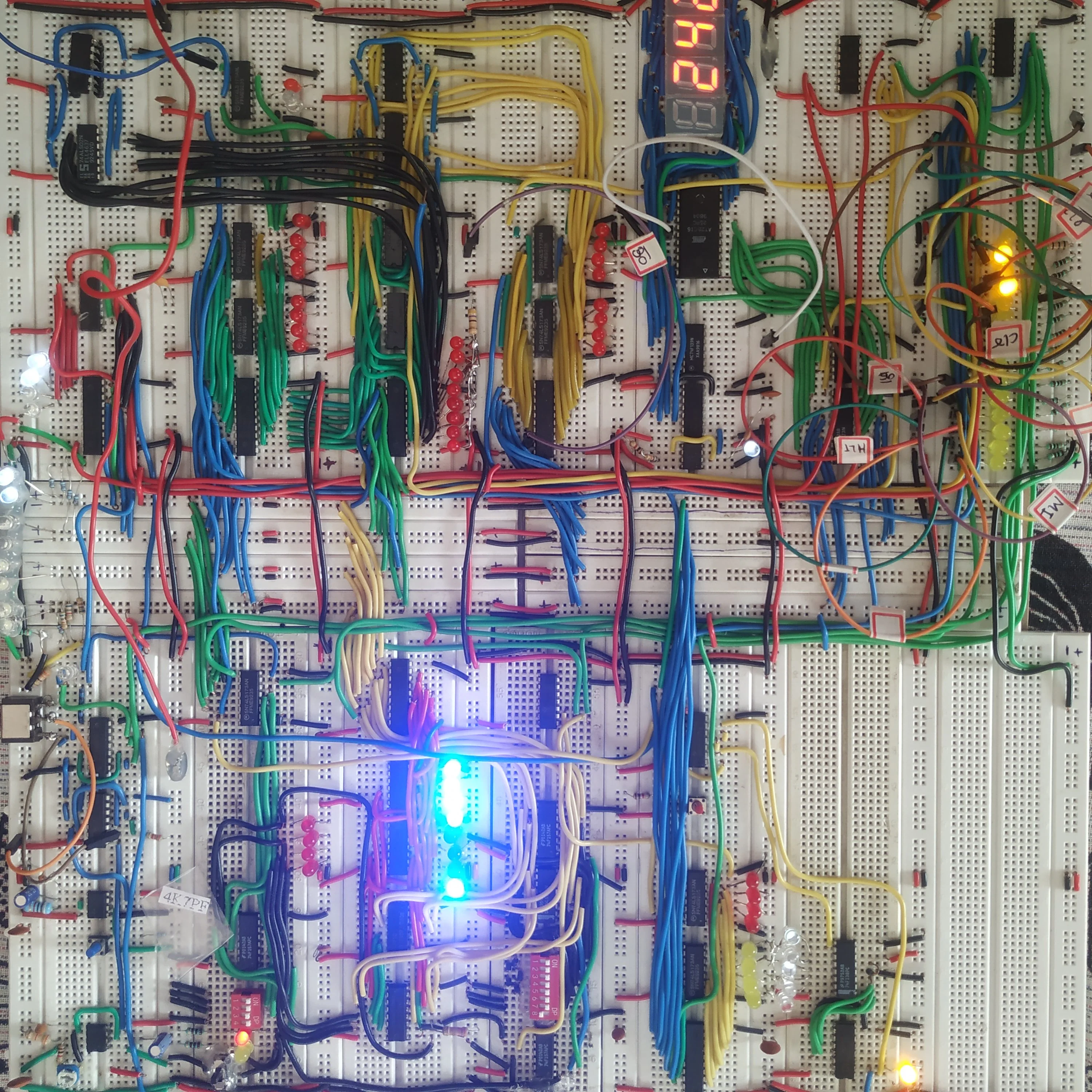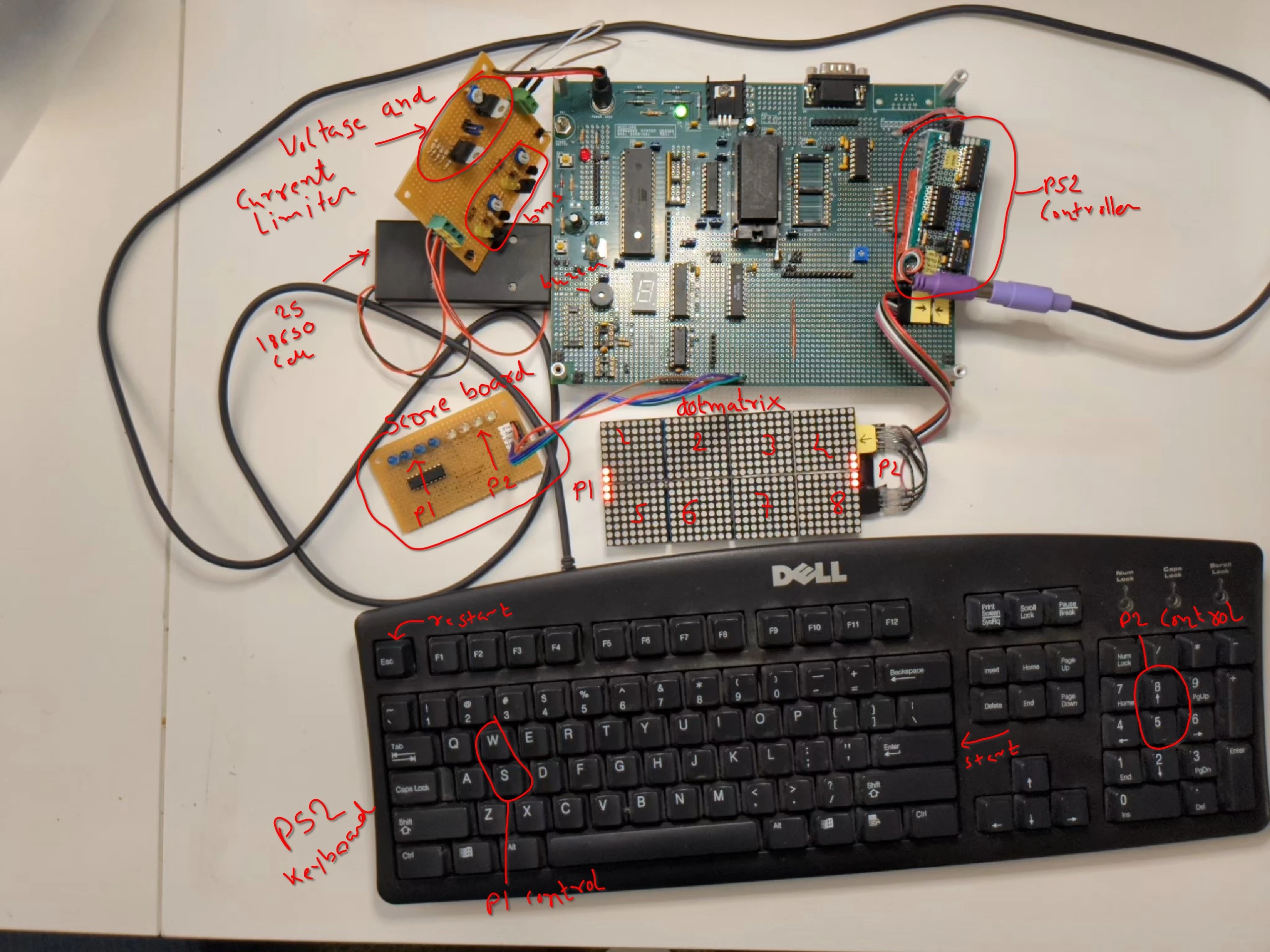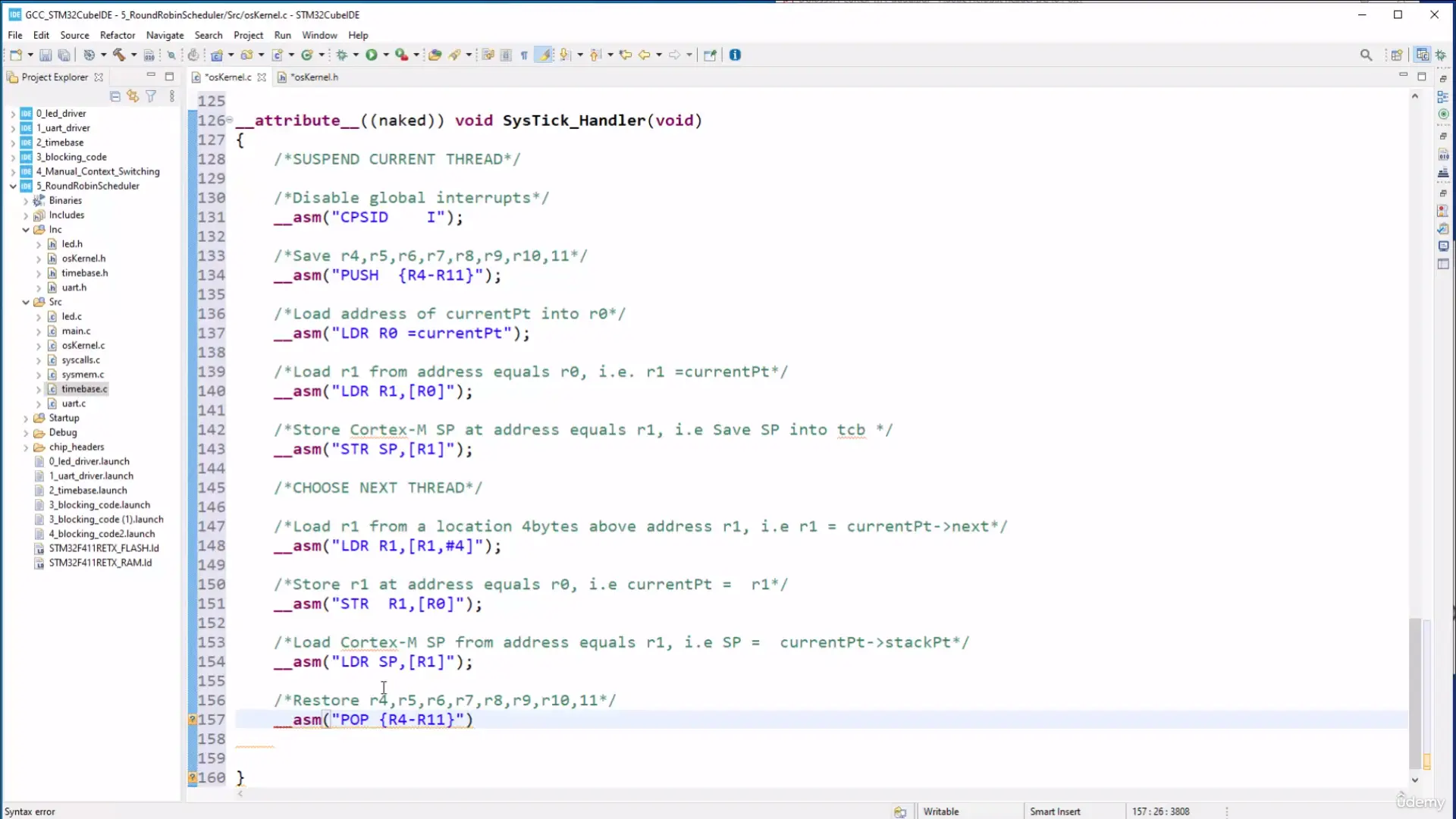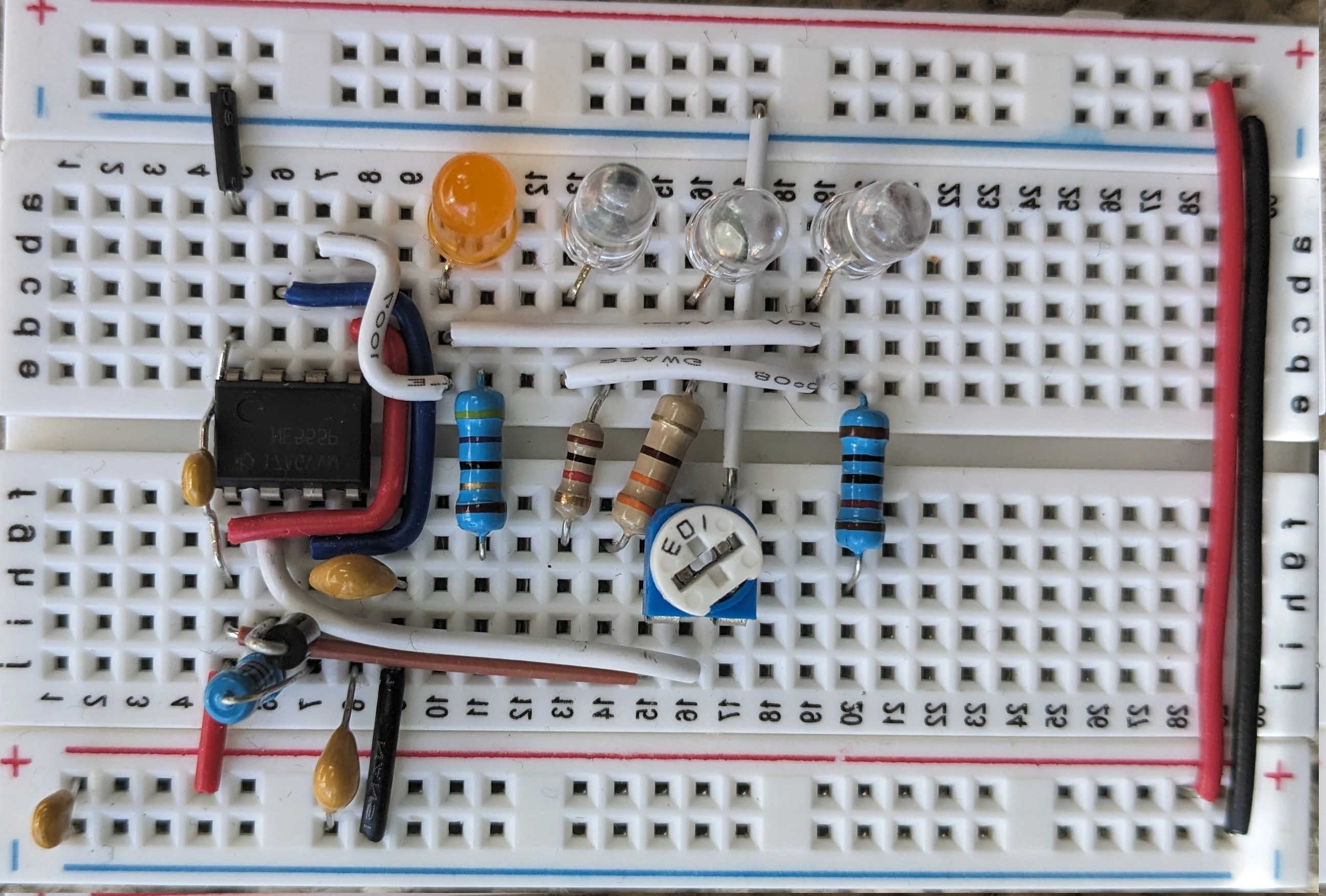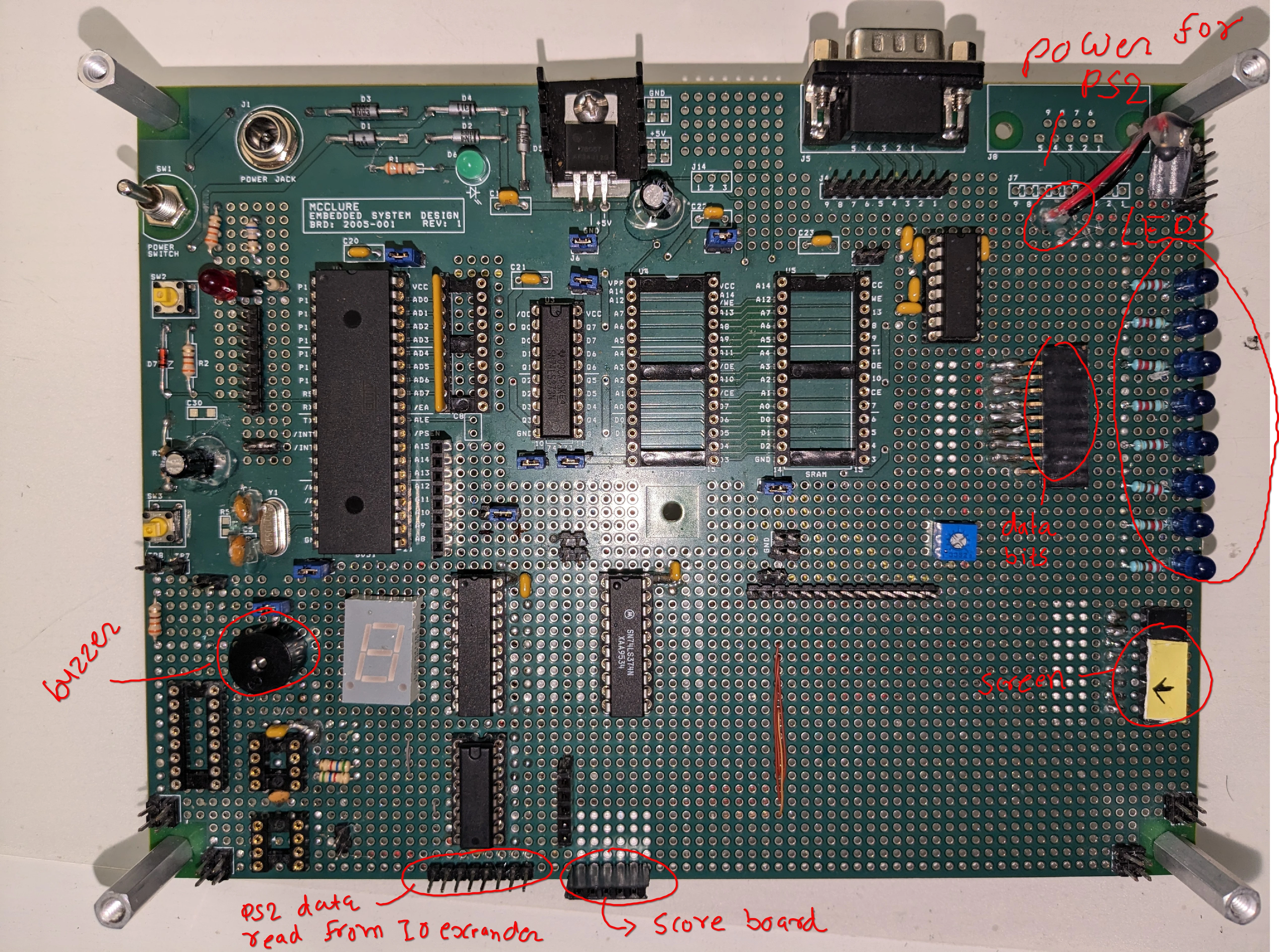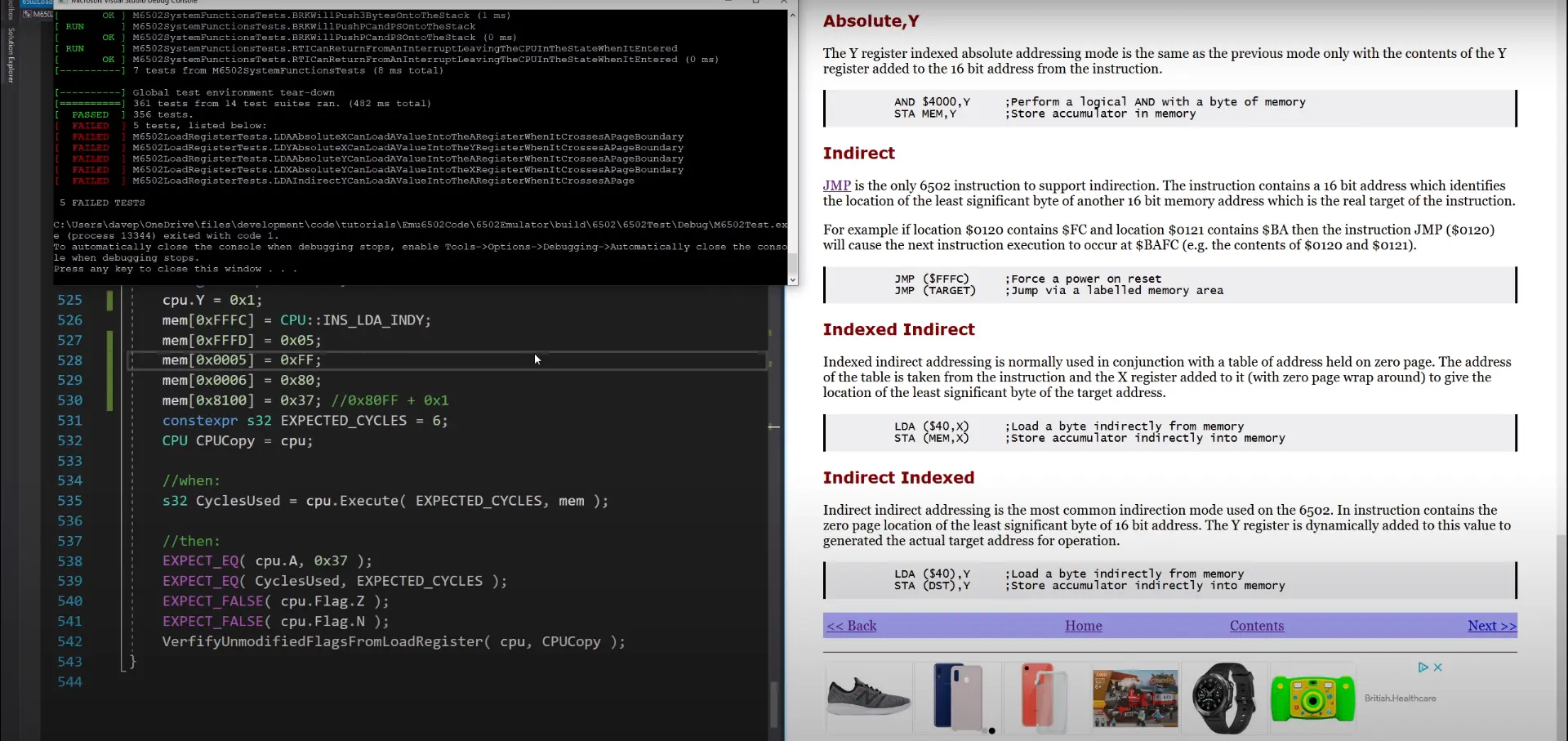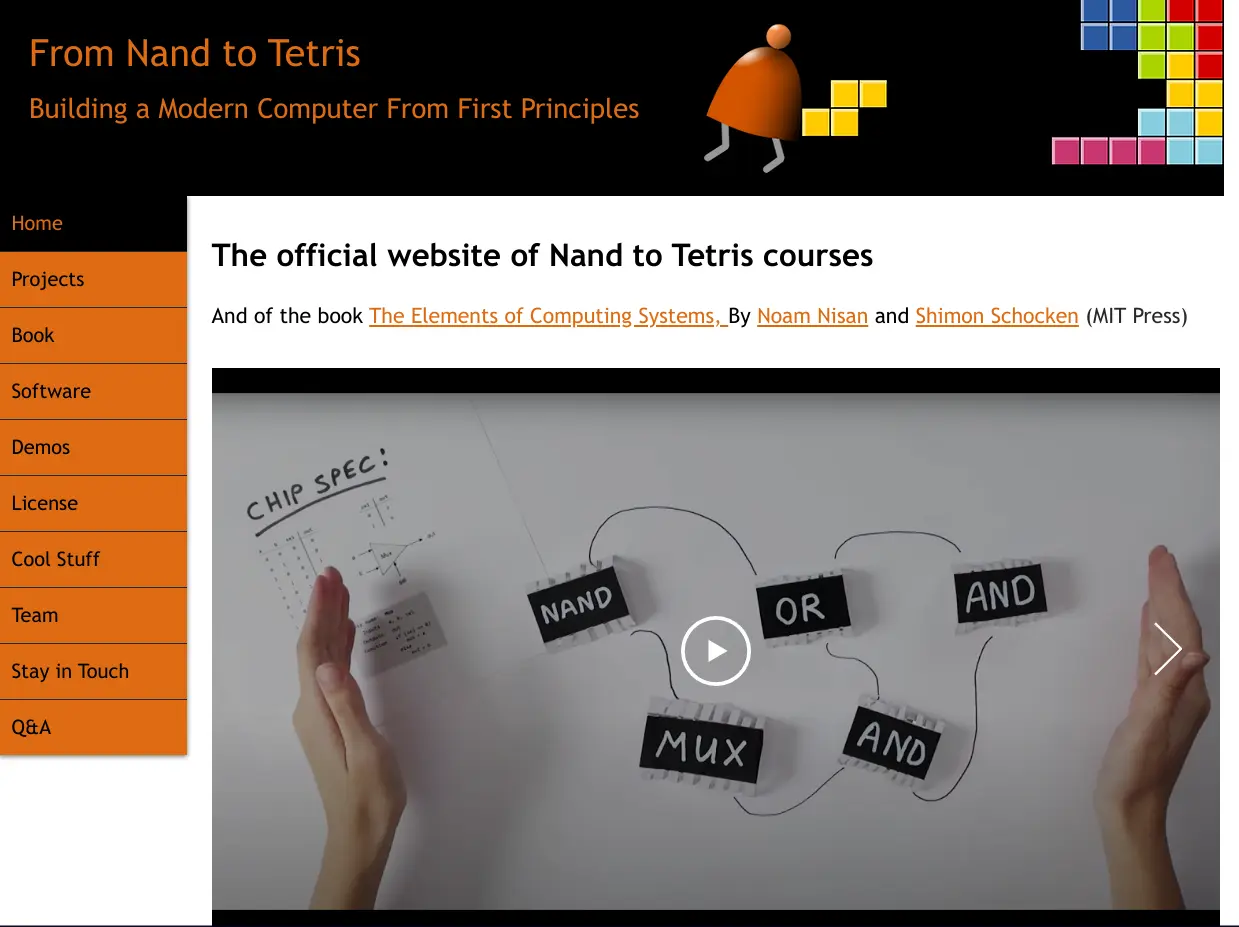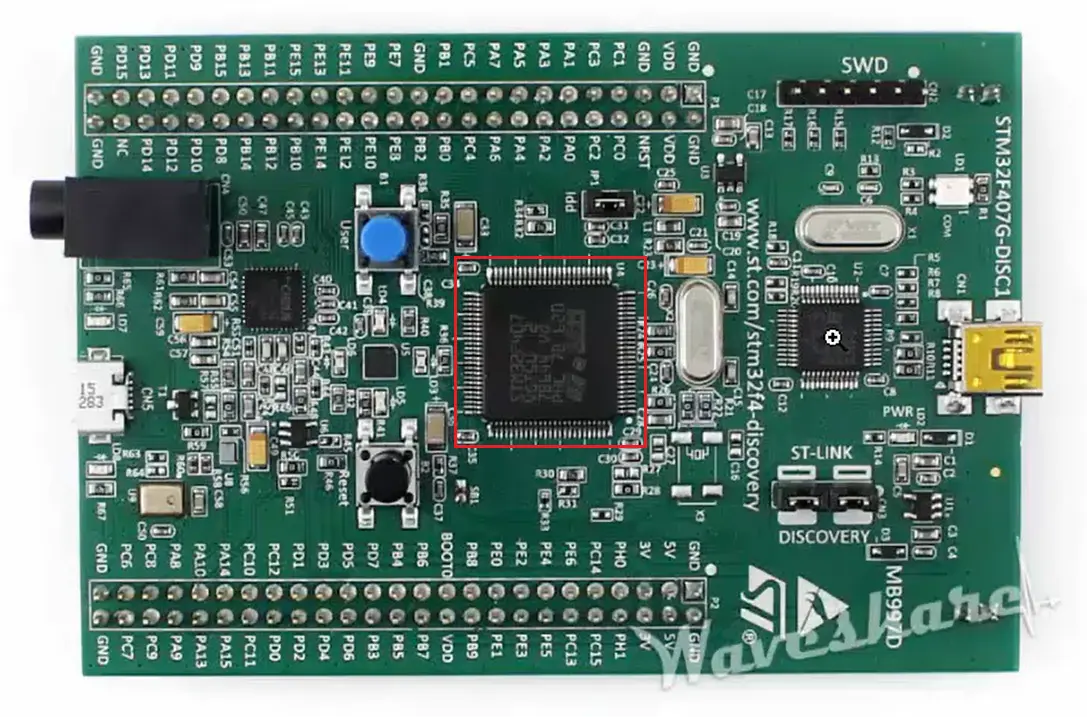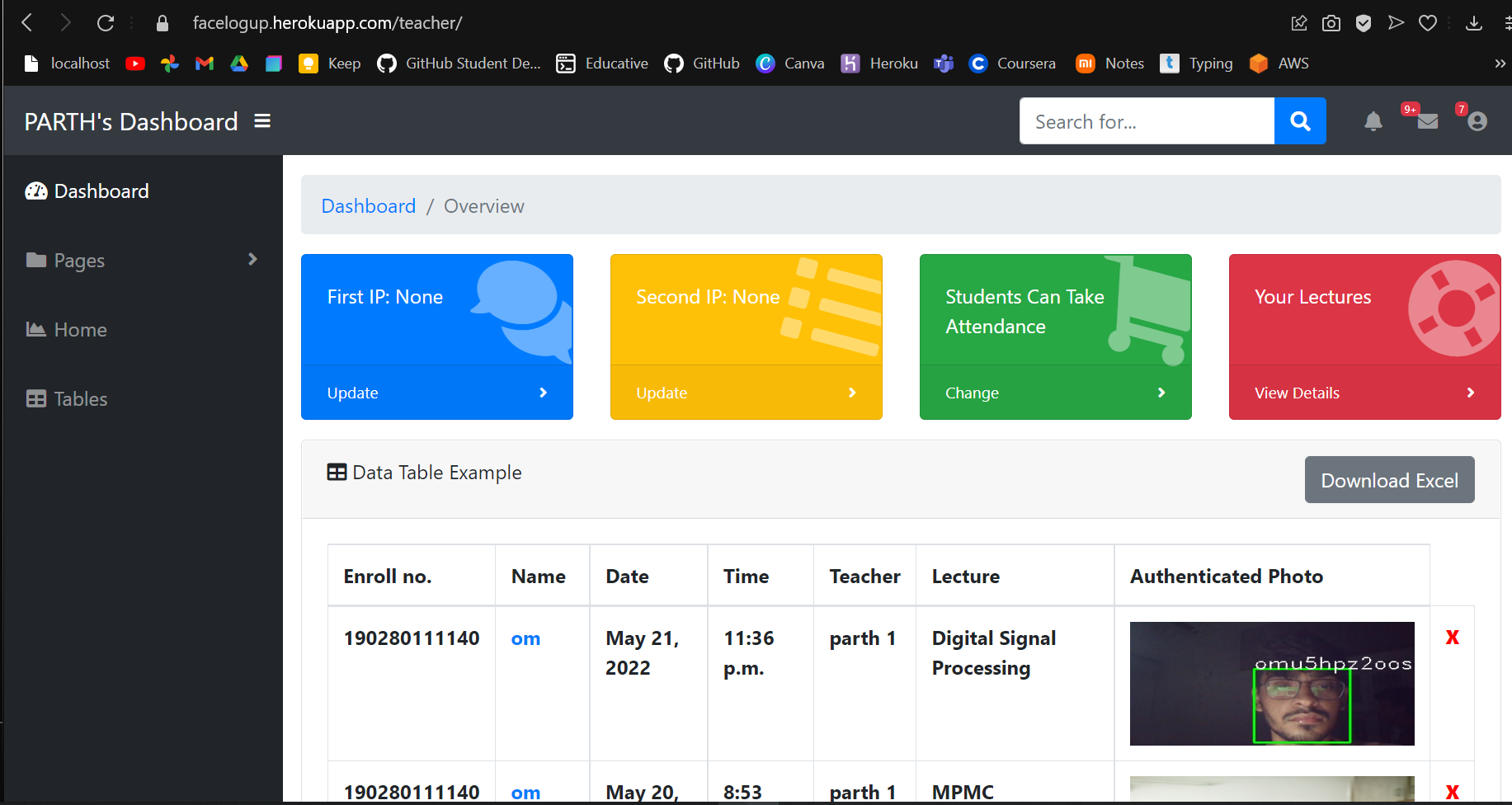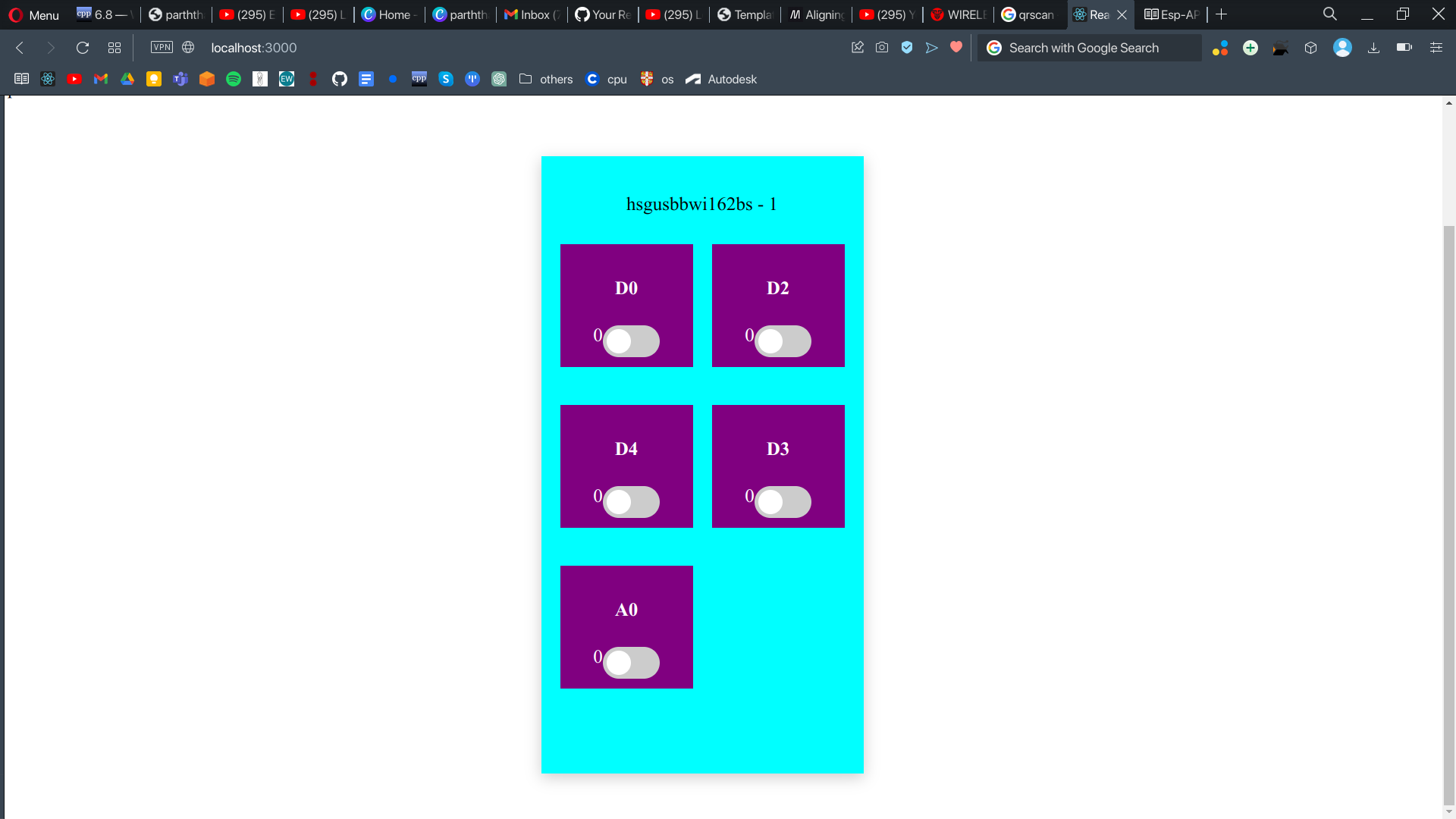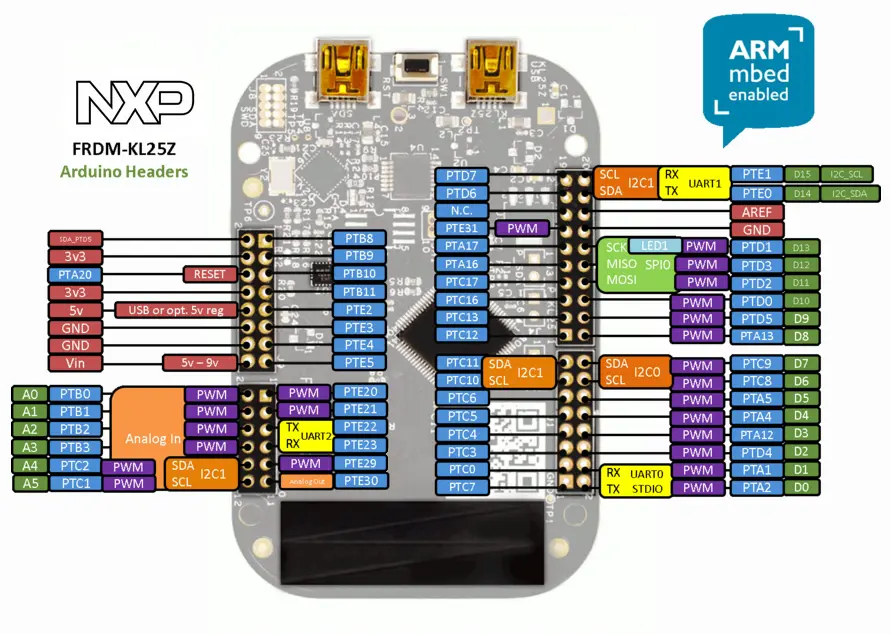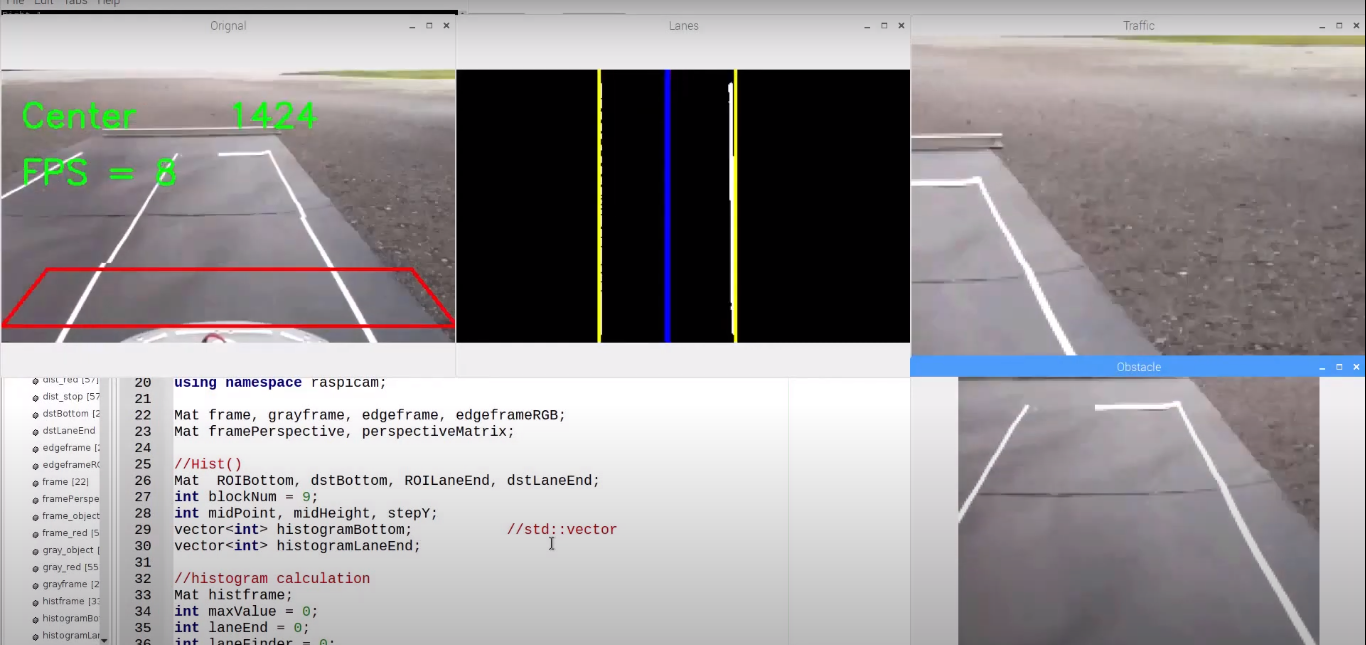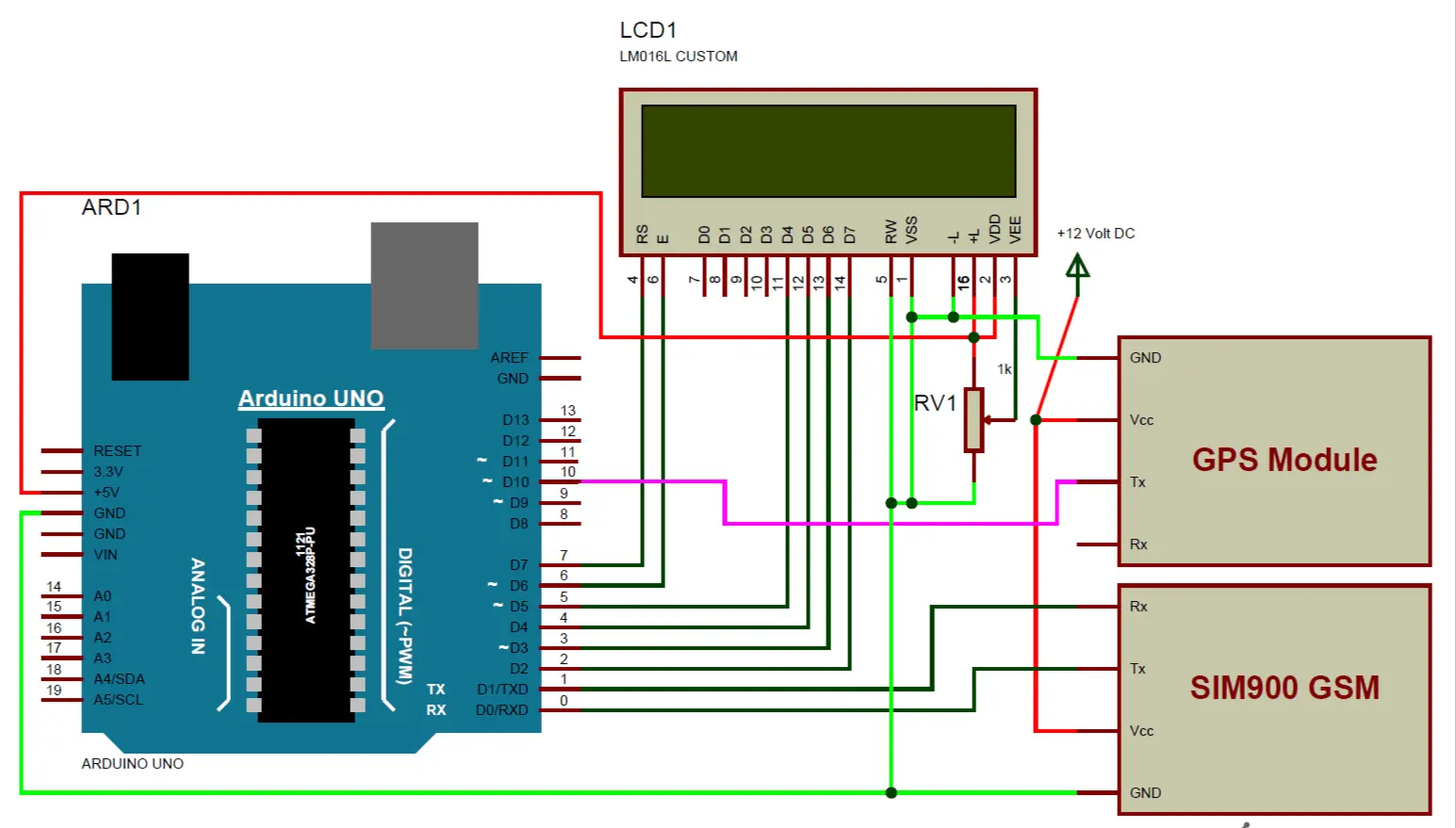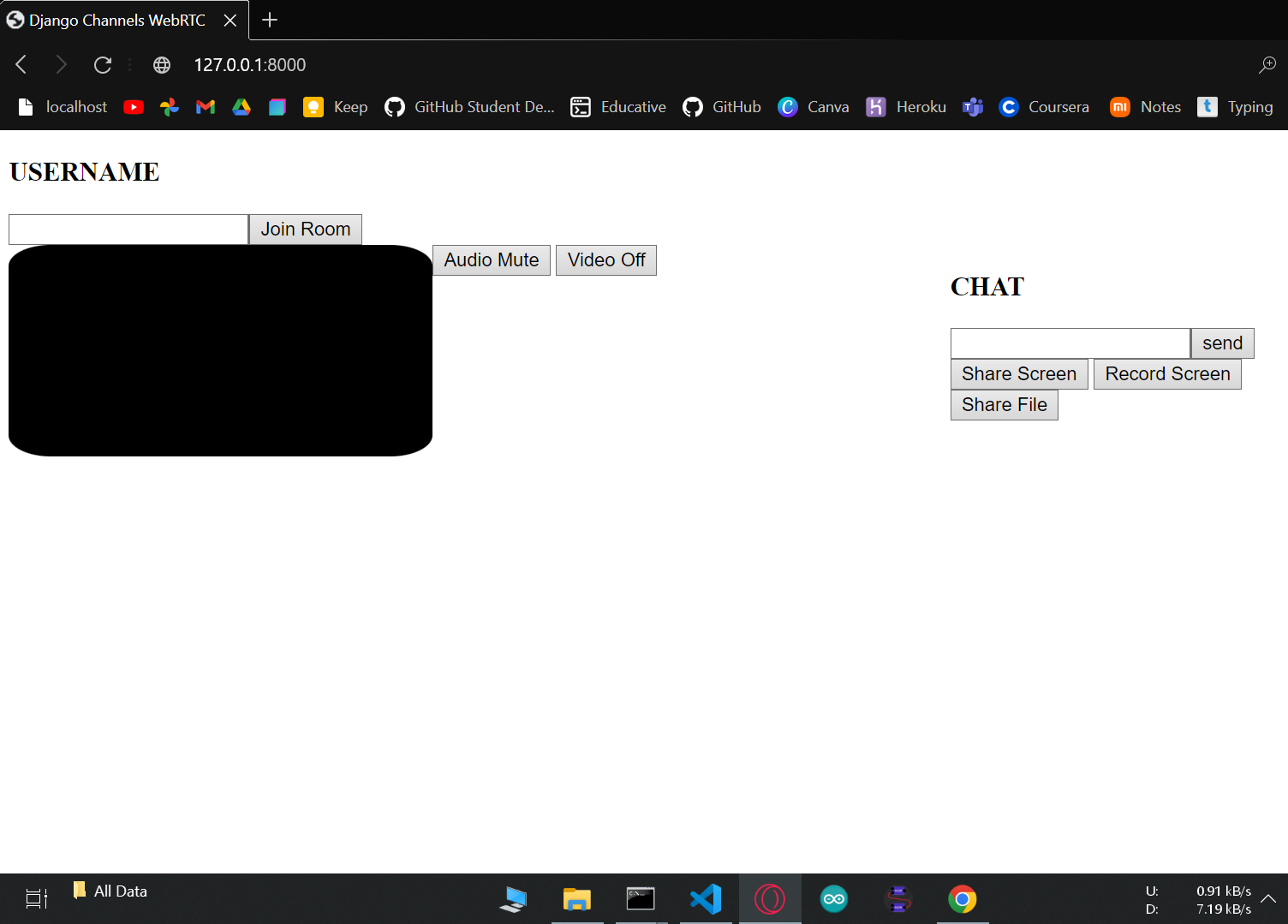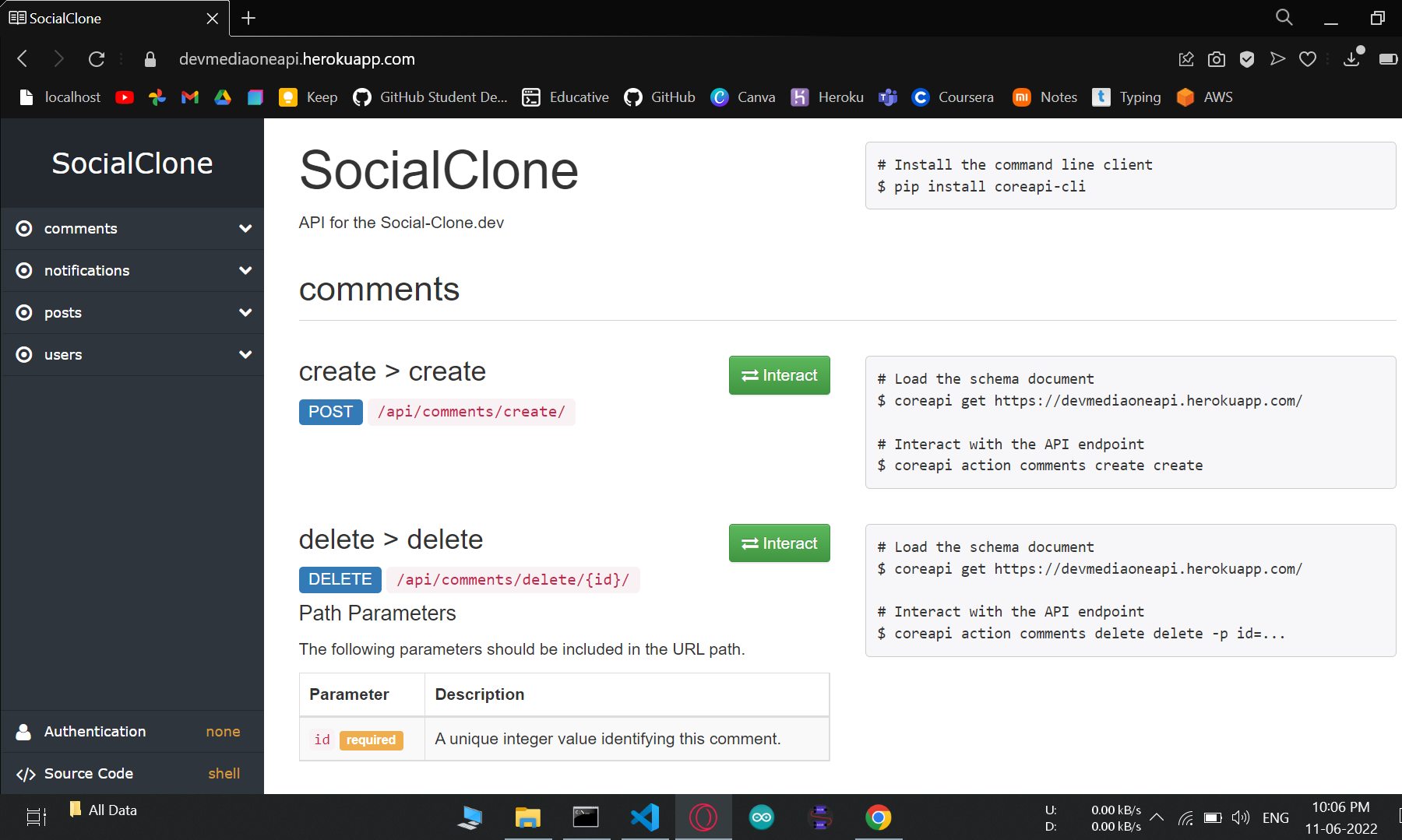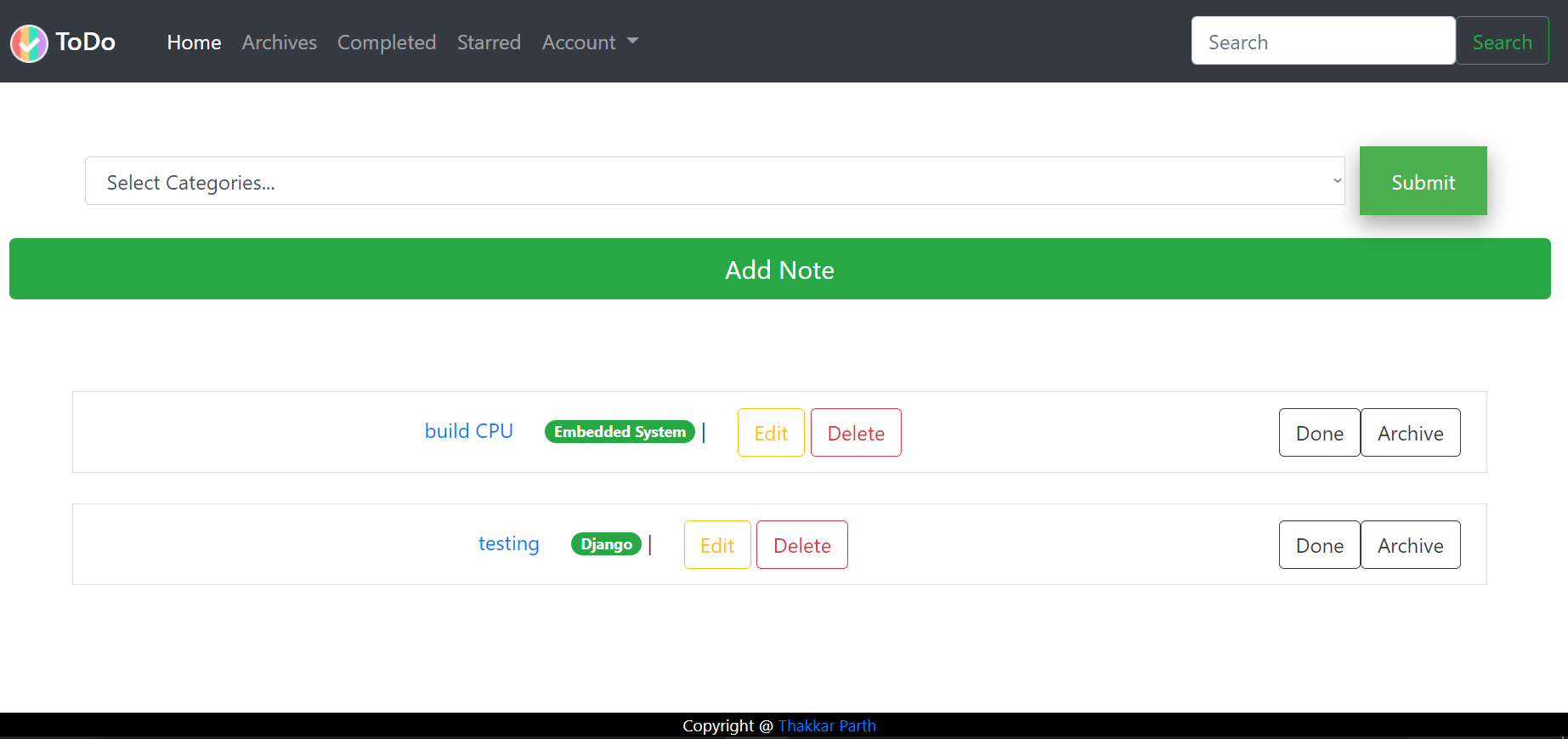Hi there! I'm an MS student at CU Boulder, and I've been tinkering with embedded systems for the past four years, I have been learning embedded development for 4 years I've had the opportunity to work on various projects that involved creating drivers for different communication protocols like BLE, PS2, and USB. I excel in problem-solving and have a strong foundation in embedded systems and real-time operating systems. Currently, I am expanding my knowledge in the domain of low-power embedded systems to create energy-efficient solutions.
I have developed software projects that address real-world challenges by employing a logical and systematic programming approach. I have actively participated in hackathons and hardware-related ideathons.
At the end of the day, I'm just a guy who loves to understand how things work.

